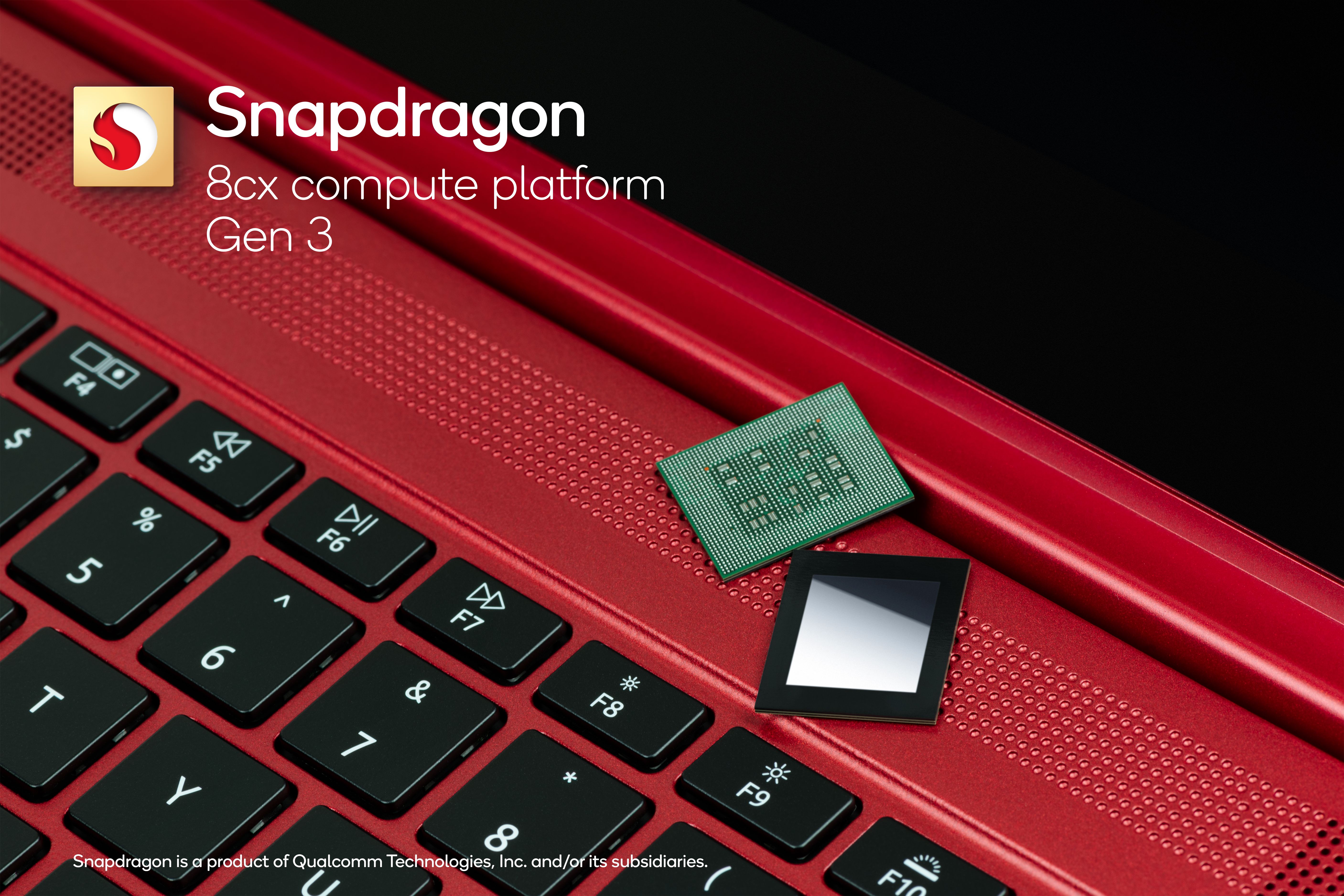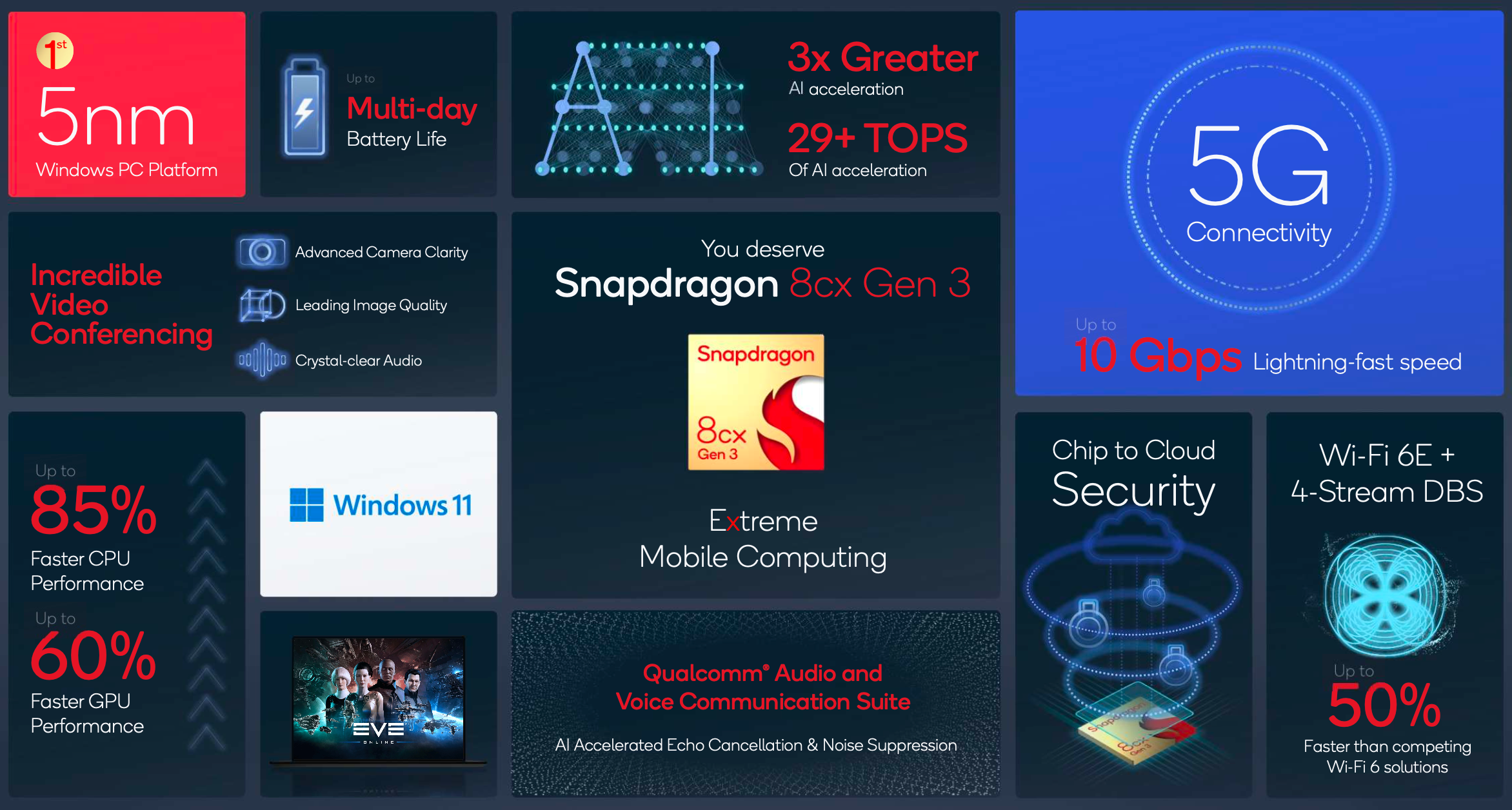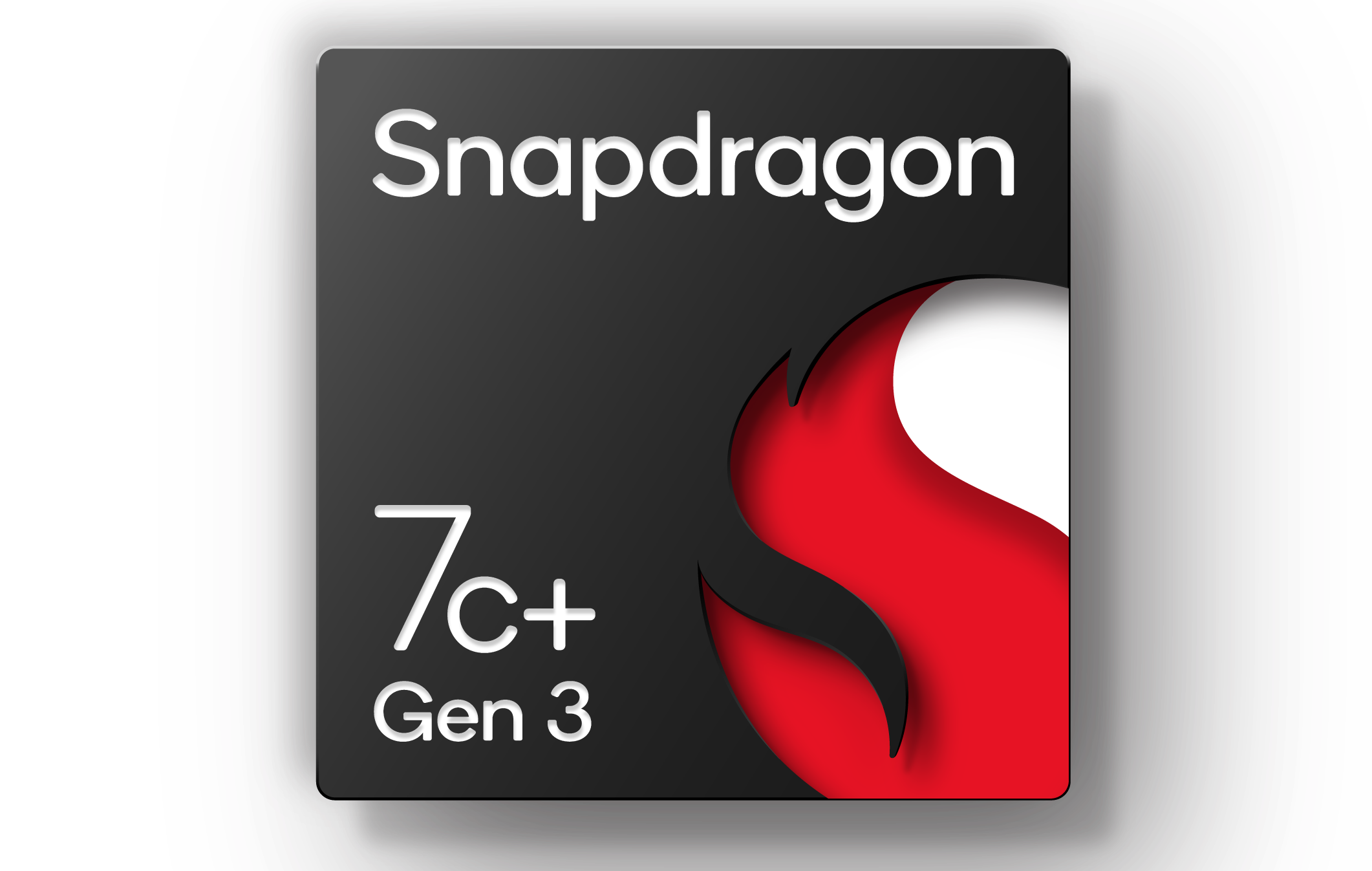Qualcomm’s second day here at the Snapdragon Summit has just introduced two new products for the growing ARM compute market — that’s “computers,” for us normies (as in, laptops). We’ve got a pair of chipsets to look forward to, bound for things like future Chromebooks and ARM Windows devices with 5G in tow. The company is frustratingly light on some of the technical details, but say hello to the Snapdragon 7c+ Gen 3 and 8cx Gen 3.
Full disclosure: Qualcomm shipped what must be over a hundred folks (including me) out for the event. I had some good beer, and some so-so salad. Sadly, I did not partake in the karaoke.
Snapdragon 8cx Gen 3
Qualcomm's new flagship Compute SoC has four Cortex-X1 cores clocked at 3Ghz, and four Cortex-A78 "efficiency" cores, built at a 5nm node. This is the first time we've seen so many of ARM's X1 cores in a single cluster, but it's notable the 8cx Gen 3 is not using the newer X2 cores found on the mobile-focused Snapdragon 8 Gen 1.
It's got 14MB of total cache (not sure how that might be divided up), plus a Hexagon DSP, ambient sensing hub, and Spectra ISP.
Qualcomm claims up to 85% “faster CPU performance” on the 8cx Gen 3, paired with a 60% GPU performance increase. Like the Snapdragon 8 Gen 1, AI performance workloads are also getting a healthy performance increase. And it can be paired with any of Qualcomm’s recent modems for 5G connectivity up to a hypothetical 10 Gbps max speed, and it can support Wi-Fi 6E and Bluetooth 5.1.
UFS 3.1 and NVMe storage types are supported and the platform supports features like variable refresh rate, Windows Hello, and you can connect it to up to two external 4K monitors.
Most of the individual hardware and software features mentioned in the 8cx Gen 3’s announcement are for Windows, so we probably won’t see this chip bound for any future Chromebooks. But another chip will.
Snapdragon 7c+ Gen 3
The Snapdragon 7c+ Gen 3 chip is a follow-up to the 7c that was in devices like the Lenovo Chromebook Duet 5 and Acer Chromebook Spin 513. Qualcomm calls this category “entry-tier,” but Chromebooks aren’t particularly demanding.
It’s an eight-Kryo-core chip — four Cortex-A78 performance cores clocked at 2.4Ghz, and four Cortex-A55 "efficiency" cores — built on a 6nm node supporting Wi-Fi 6E and the X53 5G modem for up to 3.7Gbps speeds. Qualcomm says it’s the first time such a low-end compute chip has had 5G, and that’s probably true, at least in part because we often don’t see modems period in this category, where every dollar counts. Still, if OEMs choose to pair the 7c+ Gen3 with the modem, and if that isn’t too expensive to do, we could have cheap-ish 5G Chromebooks. (To my knowledge, so far, there haven’t been any.)
I don’t have a number salad card for this one, so here’s the badge instead.
This time Qualcomm’s marketing claims “up to 30% higher CPU performance than competitive platforms in the entry-tier,” with a 30% increase in single-threaded performance compared to the 7c Gen2 and a 60% increase in multithreaded performance. I wish I could lay down some more details like cache, or efficiency core clocks for you, but I don’t have that.
Technologies like Bluetooth 5.2 are supported, and it works with UFS 2.1, NVMe, and eMMC storage types. There’s a Specra ISP that supports up to three cameras and 4K HDR video for the best possible Zoom video quality (that might be a con), and it’s Windows 11 ready as well.
Devices using both of these new chipsets are expected to land in the first half of next year, though no specific partners were announced.



